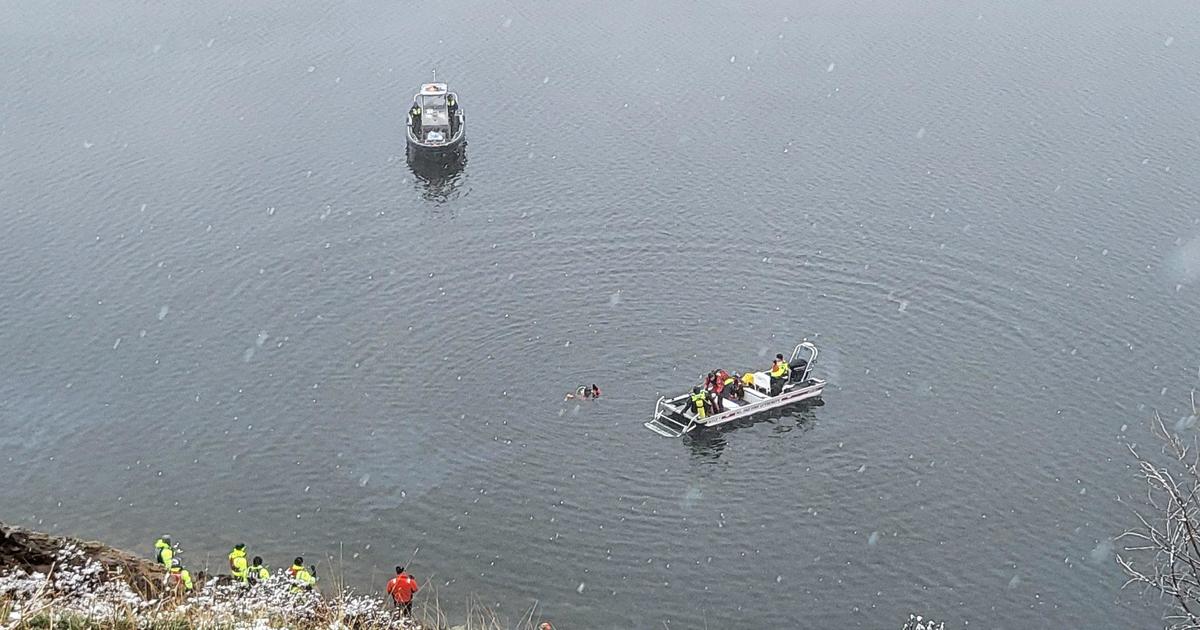Environmental Protection Of Colorado River Called Disjointed
DENVER (AP) - Environmental protection for the Colorado River - the lifeblood of the Southwest - is disjointed and too often gets a low priority in the management of the waterway, independent researchers said in a new report.
Four, multimillion-dollar conservation programs do valuable work but would have more impact if they treated the entire 1,450-mile river as a single, integrated system, the report said.
"We can have something different and better than the existing patchwork of programs," it said.
The research group is an independent organization of academics with expertise in water, agriculture, law and other fields.
Their report said the river is managed primarily as a "plumbing system" to provide water for cities and agriculture and not as an ecosystem.
"I would assert that we can meet water supply needs and have a much healthier and restored river," Jack Schmidt, a professor of watershed sciences at Utah State University and a member of the research group, said in an interview.
The river supplies water to about 40 million people and 6,300 square miles of farmland in Arizona, California, Colorado, Nevada, New Mexico, Utah and Wyoming. The river basin - all the areas that eventually drain into the river - covers about 246,000 square miles.
The river starts in the Rocky Mountains and flows southwest through the Grand Canyon toward the Gulf of California in Mexico. It's so heavily used that it usually dries up before reaching the ocean.
The Upper Colorado River Endangered Fish Recovery program, the Lower Colorado River Multi-Species Conservation Program and the San Juan River Recovery Implementation Program focus on saving endangered species and restoring habitat along the river and its tributaries.
The Glen Canyon Dam Adaptive Management Program concentrates on mitigating environmental impacts in the Grand Canyon and other areas downstream from Lake Powell in Utah.
Combined, the programs spend about $54 million a year. The money comes from federal, tribal and state governments and from conservation groups.
The programs are administered by federal agencies with guidance from various partner agencies. The programs recognize the need for better communication and are working on that, said Marlon Duke, a spokesman for the Bureau of Reclamation, which administers two of the programs.
Representatives of several state, federal and tribal agencies met last week and more meetings are planned on a regular basis, he said.
Tom Chart, director of the Upper Colorado Endangered Fish Program, said each program was created for a specific purpose and noted environmental threats and the people affected by them vary from place to place.
The report didn't suggest who should be in charge of coordinating conservation work.
Ken Neubecker of the conservation group American Rivers also advocated a more unified approach toward the river environment.
"It's facing a pretty interesting situation," he said. "I don't want to say dire, but it could well be."
LINK: coloradoriverresearchgroup.org
- By DAN ELLIOTT, AP Writer
(© Copyright 2016 The Associated Press. All Rights Reserved. This material may not be published, broadcast, rewritten or redistributed.)



